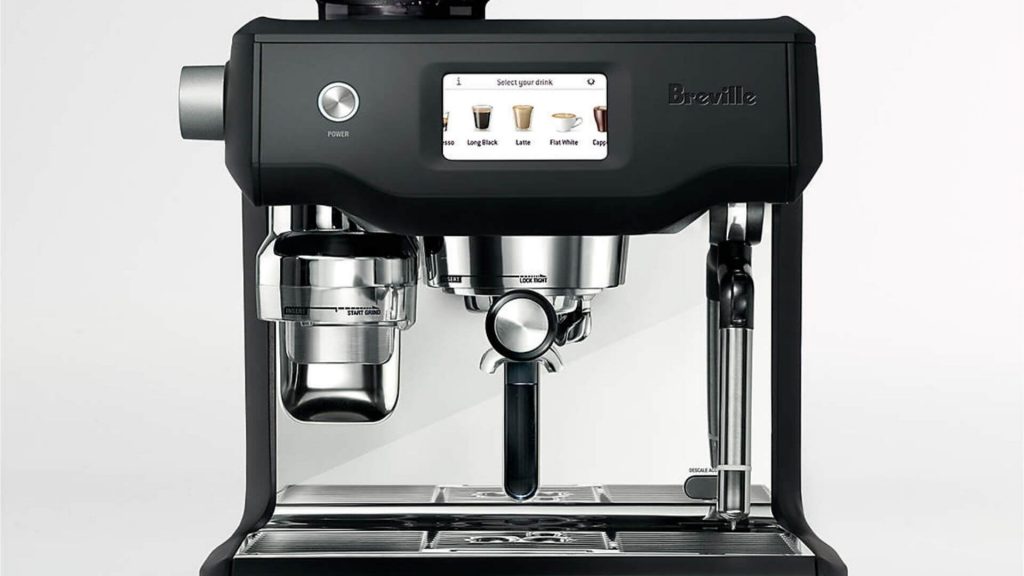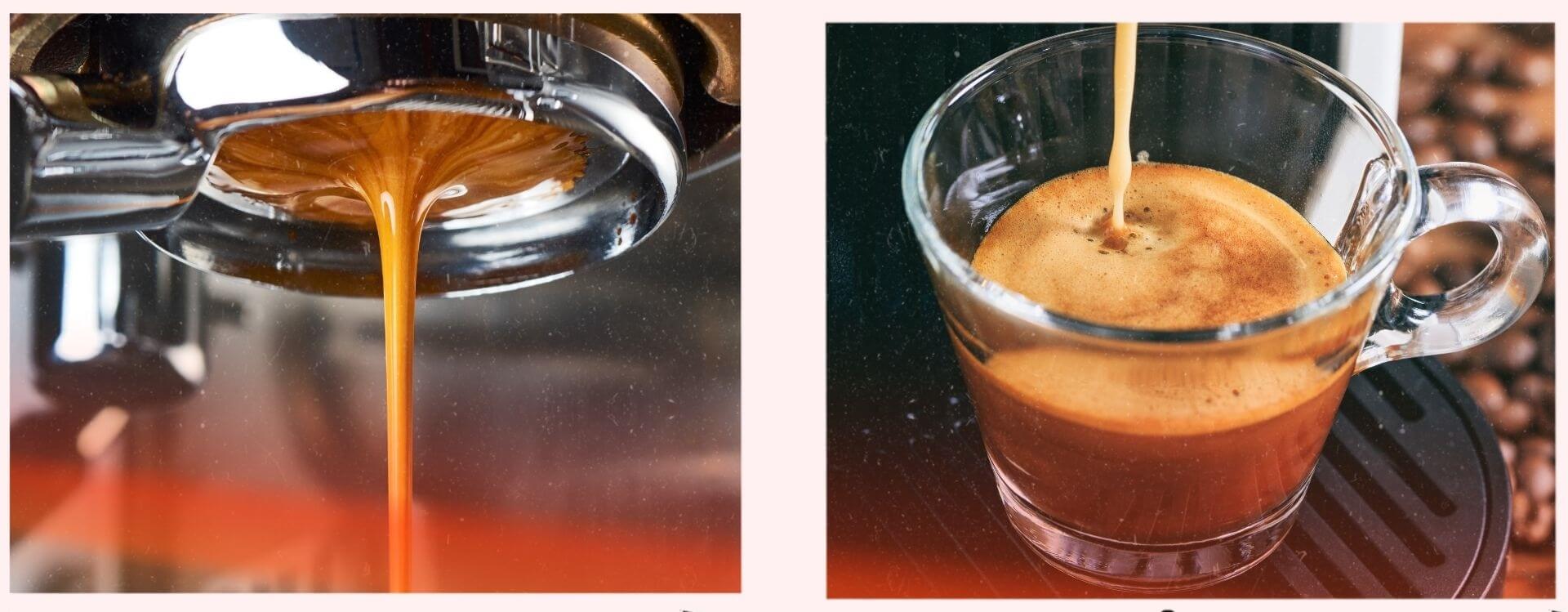
Espresso Makers – Top International Brands By Country – Perfect methods for making every drop of coffee are required for good coffee.
Otherwise, it will be a waste of raw materials and culture, a rich and delicate living value. Many concoctions have been used around the world, each of which produces different types of drinks in terms of both appearance and taste.
One of the most popular methods in the coffee world today is an Espresso. In addition to high-quality ingredients, the dispenser is the most important tool for baristas to make the perfect Espresso. Let’s learn about some “International Espresso Makers” in this article!
What is expresso coffee?
“Espresso is a coffee-brewing method of Italian origin, in which a small amount of nearly boiling water is forced under 9–10 bars of pressure through finely-ground coffee beans. Espresso coffee can be made with a wide variety of coffee beans and roast degrees.” Wikepedia
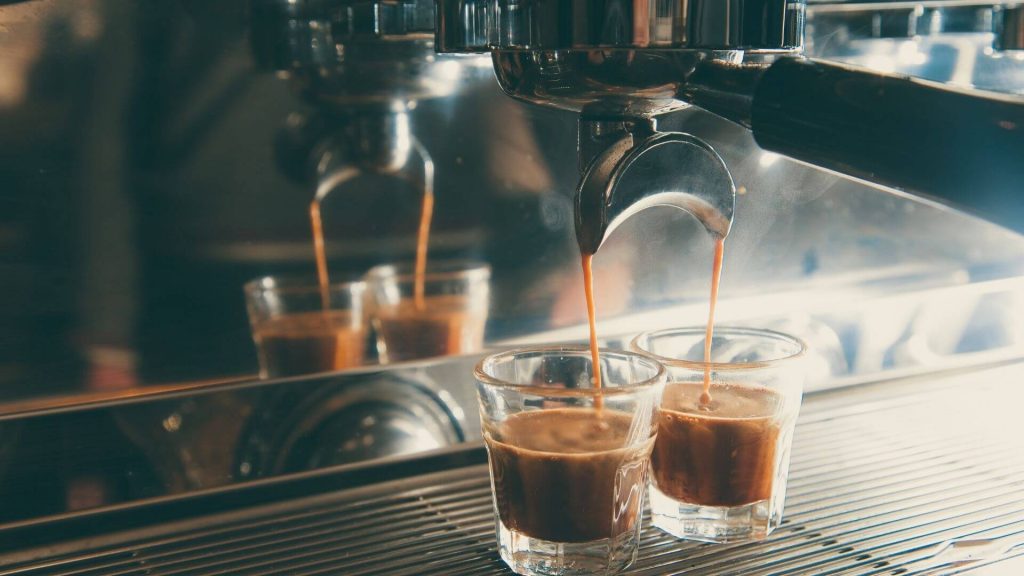
To prepare the best materials in the brewing process, the coffee beans are finely ground before being compressed. The entire process of brewing a single unit of espresso takes between 22 and 30 seconds, yielding 30ml of pure black coffee.
Because coffee contains a lot of oil, sugar, and a slightly complex flavor, most first-time drinkers’ palates will be unaccustomed to the richness and “concentrated power” of Espresso.
Espresso can be consumed plain, with a bit of sugar, or with any of the world’s most popular ingredients, such as adding milk or water in various proportions to make specialty coffee drinks. Most specialty coffee drinks – lattes, cappuccinos, macchiatos, and so on – use Espresso as the “base” ingredient.
Espresso Makers – The basic structure
We all know that an Espresso machine isn’t “cheap,” Even with the most expensive devices on the market, getting a good espresso isn’t always easy. The structure and operation of each Espresso machine determines it. So, to select a good Espresso machine, let’s first learn about its basic structure.
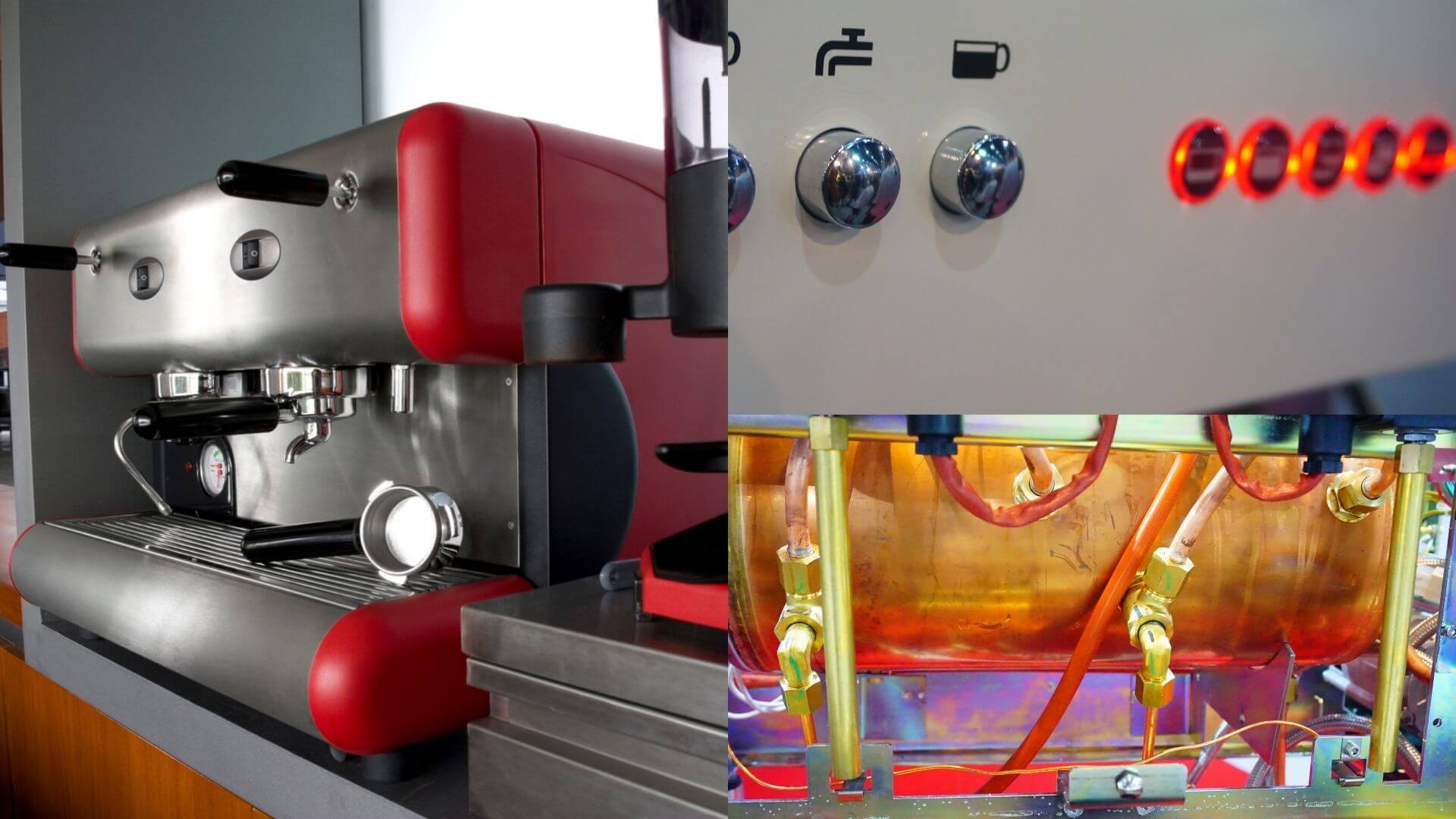
The Water Source
Every coffee maker requires water to function. Water is fed into a home or office dispenser from one of two sources: a reservoir built into the machine or a direct connection to a suitable water supply.
In terms of water resources, we will have the following benefits and drawbacks:
Contain water machine
Benefits include ease of installation and compactness.
Cons: Frequent cleaning is required.
LUCCA A53 Mini with ECM Classika
Direct water machine
The advantage is that there is no need to fill water.
Cons: Separate pipes and filters are required.
LUCCA A53 and La Marzocco GS3 machines
Pump – The heart of any espresso machine
The key to every Espresso cup is pressure. The machine requires a pressure of 9 bar (9.1kg/1cm2) to force water through the finely ground coffee. Over a century, early espresso machines gradually transitioned from using pressure created by steam built into the boiler to using levers pressed by the barista.
Hand pressing is “laborious” and inconsistent, so espresso machines with electric pumps eventually took over, with two main types of pumps: vibratory and rotary.
Vibratory pump: is a pump that vibrates and works on the principle of electromagnetism. When current flows through the coil, the magnet causes the piston to move back and forth (sixty times per second on average) to push water through the machine.
Rotary pump: The rotary pump is the most common pump used at home and on many other espresso machines. However, the pumping mechanism is more complicated.
The motor will specifically drive a rotating disc inside the pump chamber. When the disc rotates, centrifugal force pushes the impellers against the pump chamber wall, putting pressure on the water flow.
The boiler of Espresso machine
A boiler’s primary function is to heat and store water for espresso extraction, preparation, and steaming. Earlier coffee machines were powered by wood or charcoal. Of course, electricity is used in modern engines to bring water to a boiling temperature through various mechanisms. And to select an espresso machine with the proper boiler mechanism, two factors must be considered: The size and heating mechanism of the boiler.
PID and Digital Control
Boilers with digital temperature control (DTC) or PID control the dispensing temperature more precisely. Both allow the user to fine-tune the temperature of the machine and will maintain that temperature with slight variation.
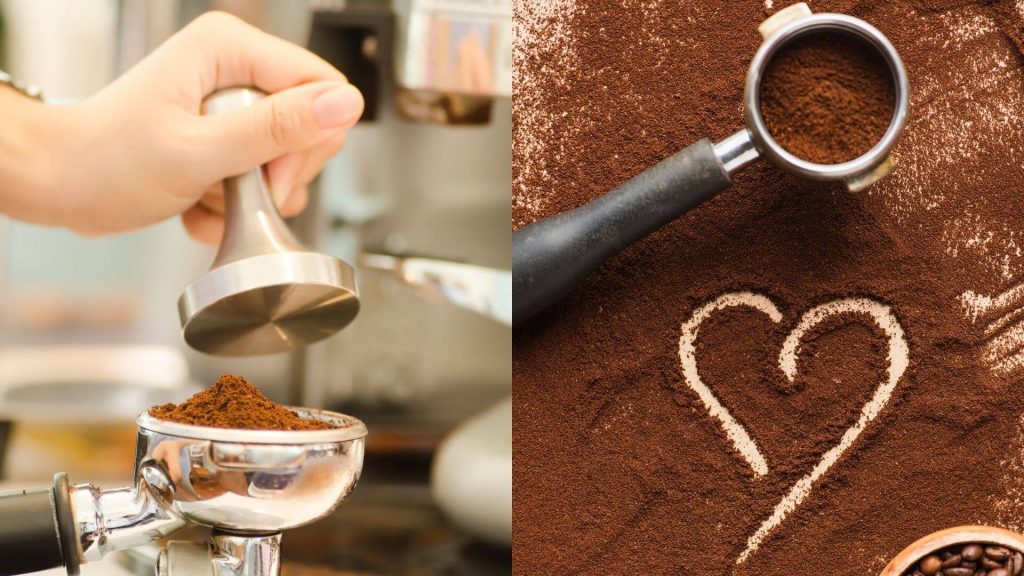
PID (Proportional Integral Derivative controller) – A system that controls the heating element to minimize water temperature fluctuations. A PID is connected to the heating element and the temperature probe inside the boiler to accomplish this.
Based on a pre-programmed algorithm, the PID continuously reads data from the thermal probe and switches the heater on/off. Because of the fundamental nature of an algorithm, Before its inclusion in espresso machines, baristas used PID to control industrial and aerospace systems.
PID was one of the most significant technological advances of the last twenty years until it was introduced into espresso machines.
Grouphead
The Grouphead is the water’s “terminal” as it flows through the espresso machine. Whether your espresso machine has one, two, or three groups, each group is comprised of four essential components:
- Hand phase (Portafilter) or filter.
- Filter lock pin (mount).
- Pump valve (activate the pump).
- Pipe from the boiler to the filter.
With so many different types of espresso machines on the market, there are only three main group heads: Saturation Grouphead (saturated Grouphead); and Semi-saturated Grouphead (saturated Grouphead).
Portafilter
The Portafilter is an abbreviation for “Portable-Filter.” Some baristas refer to it as a “Mix handle,” but the Portafilter one is a perforated metal funnel placed inside the handle.
It is filled with finely ground coffee, which is then compressed with a tampon before being inserted and locked into the Grouphead (see also technical operations when making Espresso). The Portafilter is where the espresso machine’s water shot dissolves the coffee before it enters the cup.
It may appear simple and unrelated to the Espresso machine, but the Portafilter is the most critical link between the Espresso machine, coffee, and barista.
Top International brands of Espresso Makers by country
After reviewing expresso machines, you may be wondering which model to buy and where it is manufactured. We will make some general recommendations in the hope of assisting those looking for a machine or a reputable brand to trust.
Italy – The birthplace of Expresso
It is impossible to find a credible list of expresso machine manufacturers without mentioning Italy. As the cradle of Espresso, Italian businesses understand how to make quality expresso machines better than anyone else.
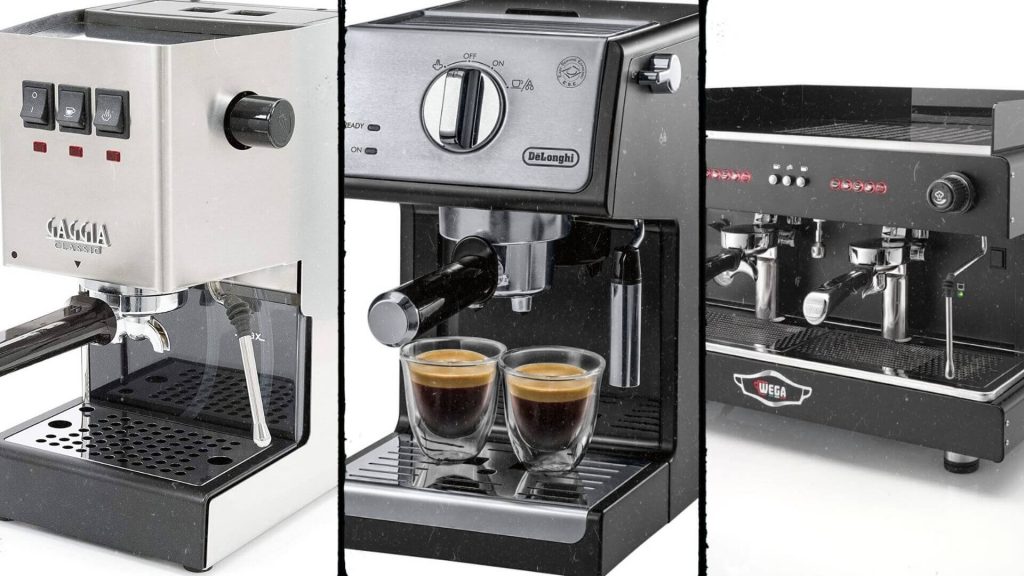
There are numerous popular brands to choose from, including Wegga, Gaggia, De’Longhi, La Spaziale, RancilioNuova, and Simonelli. Gaggia, Wegga, and De’Longhi are three leading Italian brands specializing in manufacturing and supplying espresso and cappuccino machines.
Germany – The world’s leading manufacturer of machinery
Germany is the world’s leading exporter. Machine tool exports totaled $9.17 billion US dollars in 2019, accounting for 27.7 percent of the top seven exports, a 12.9 percent decrease from 2018. Germany has a population of 65 percent that of Japan, and its machinery and equipment exports are 1.77 times that of Japan.

Germany’s population is only 25% of that of the US, but itsexports are 1.52 times that of the US. These figures also demonstrate the prestige and quality of German machinery products. You can refer to products from two brands: ECM – Profitec and Melitta.
Australia – The most popular brand of Espresso maker
It would be a mistake not to mention Australia, home to a world-renowned machinery brand called Breville. Breville was founded in Sydney in 1932 and has become a household name among many expresso baristas worldwide.
Conclusion
Aside from the brands listed in the three countries mentioned above, you can also search from many other places yourself or learn about the supply of quality machines in your own country.
Hopefully, you will find a good Espresso maker for your company, coffee shop, or your small family. See you in other articles at Helenacoffee.vn!
Related Posts
Robusta Cherry Coffee – A Distinct Flavor
Qualities That Affect The Tastes Of Coffee
Reference source:
- www.baristaweapons.blogspot.com/ How does channeling affect extraction?
- thecoffeecompass.com/. – Will The Ona Coffee Distributor Make Your Espresso Taste Better?
- baristahustle.com/. – Distributing for Espresso
- Rao, S (2008), The Professional Barista’s Handbook, An Expert’s Guide to Preparing Espresso, Coffee, and Tea, United States of America Scott Rao Coffe Books
